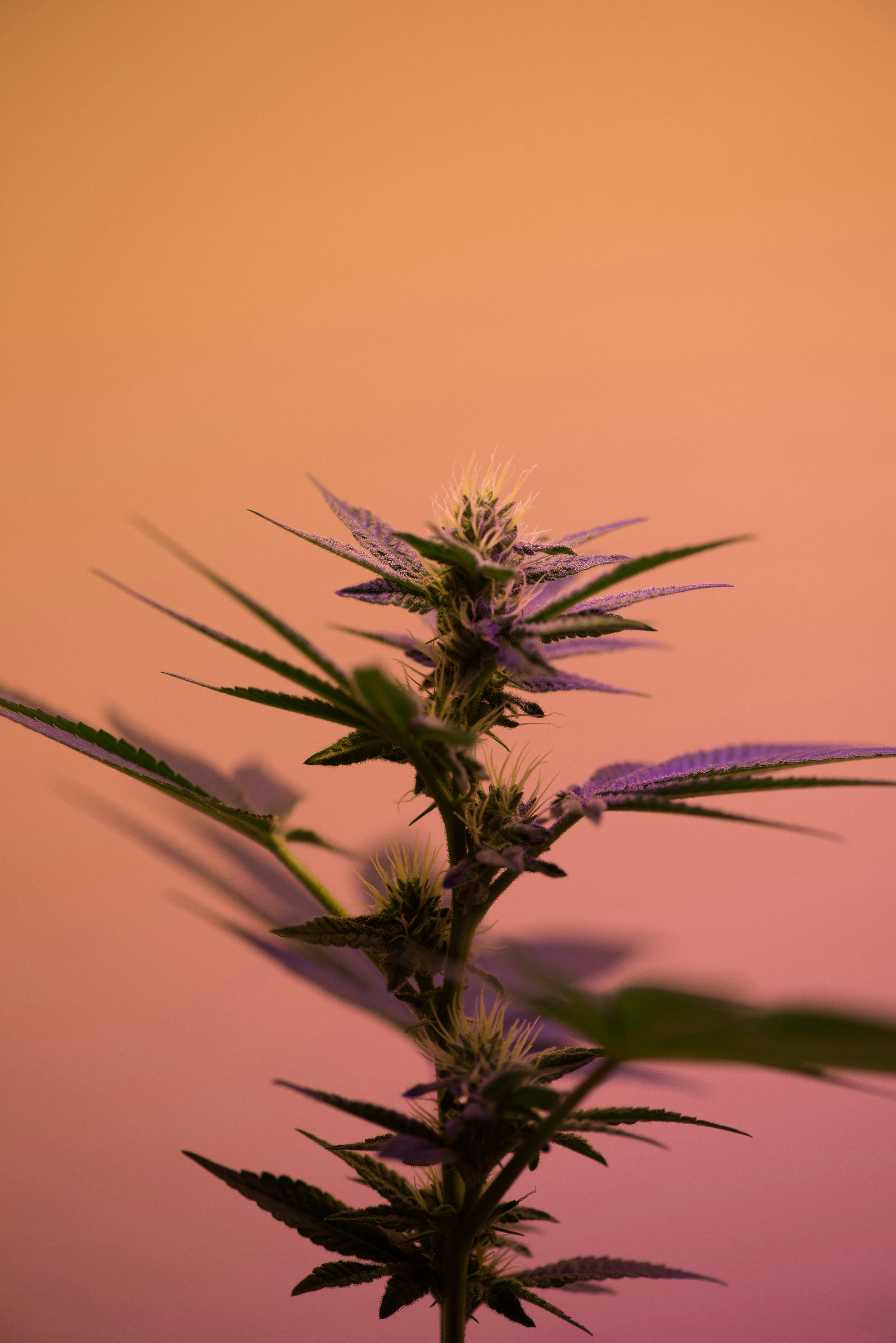Terpenes are the unsung heroes of cannabis. They play a crucial role in shaping the overall experience, aroma, and flavour of the plant. However, they are often overshadowed by cannabinoids like THC and CBD.
Terpenes are a large and diverse class of organic compounds, produced by a variety of plants, including cannabis. They are responsible for giving each strain its distinct aroma and flavour, which is why you’ll often hear connoisseurs describing cannabis strains in terms of their unique scents and tastes.
Terpenes are not exclusive to cannabis, however; they are also found in many other plants, fruits, and herbs.
In addition to providing aroma and flavour, terpenes are believed to interact with cannabinoids and other compounds in cannabis to create what’s known as the “entourage effect.” This effect suggests that the various compounds in cannabis work together synergistically to produce a more pronounced and beneficial experience for the user.
Here’s some of our favourite bloomly-approved terpenes:
Myrcene is the most abundant terpene found in cannabis, contributing to the earthy and musky aroma often associated with the plant. It is known for its sedative and relaxing effects, making it a popular choice for those looking to alleviate stress or anxiety. A 2002 study published in the Journal of Ethnopharmacology found that myrcene has muscle-relaxant properties, which may contribute to its overall calming effect.
Limonene is responsible for the citrusy scent found in many cannabis strains. It is thought to have mood-elevating and stress-relieving properties, making it a popular choice among those seeking to improve their mood. A 2013 study published in the journal Psychoneuroendocrinology showed that limonene has potential antidepressant and anxiolytic effects.
Linalool is a terpene with a floral aroma that is also found in lavender. It is known for its calming and sedative effects, which make it an excellent choice for those seeking to alleviate anxiety or sleep problems. A 2010 study published in the journal Phytomedicine found that linalool can reduce anxiety and improve sleep quality.
Caryophyllene has a spicy, peppery scent and is believed to have anti-inflammatory and analgesic properties. A 2014 study published in the journal Neuropsychopharmacology found that caryophyllene has the potential to reduce anxiety and depression symptoms, possibly by modulating the endocannabinoid system.
Pinene has a pine-like aroma and is thought to have anti-inflammatory, bronchodilator, and memory-enhancing effects. A 2011 study published in the journal Inhalation Toxicology found that pinene can improve airflow in the lungs, making it potentially beneficial for those with asthma or other respiratory conditions.
Terpenes serve as the backbone of cannabis, responsible for the unique scents and flavours that set each strain apart. By appreciating the power of terpenes, users can make more informed choices about the strains they consume and better tailor their cannabis experiences to suit their personal needs and preferences. With their myriad of benefits and captivating aromas, terpenes are finally starting to receive the recognition they deserve in the world of cannabis.
Read the studies here:
Journal of Ethnopharmacology (2002) – Myrcene mimics the peripheral analgesic activity of lemongrass tea. Link: https://pubmed.ncbi.nlm.nih.gov/12587690/
Psychoneuroendocrinology (2013) – Antidepressant-like effect of limonene and its effect on hippocampal neurotransmitters in mice. Link: https://pubmed.ncbi.nlm.nih.gov/23624192/
Phytomedicine (2010) – Linalool reverses the anxiety and stress induced by a threatening situation in mice. Link: https://pubmed.ncbi.nlm.nih.gov/20579521/
Neuropsychopharmacology (2014) – β-caryophyllene ameliorates the Alzheimer-like phenotype in APP/PS1 Mice through CB2 receptor activation and the PPARγ pathway. Link: https://pubmed.ncbi.nlm.nih.gov/24763092/
Inhalation Toxicology (2011) – The anti-inflammatory effects of d-limonene. Link: https://pubmed.ncbi.nlm.nih.gov/21158162/
Information about studies provided by Bloomly on this website is for education purposes only. It is not a substitute for professional health advice. Nothing contained in this site, or any external site linked to by Bloomly, is intended to be used as medical advice and it is not intended to be used to diagnose, treat, cure, or prevent any disease, nor should it be used for therapeutic purposes or as a substitute for your own health professional’s advice. Bloomly does not accept any liability for any injury, loss or damage incurred by use of or reliance on the information provided on this website, or any external site linked to by Bloomly. Further, Bloomly accepts no responsibility for material contained in a website that is linked to this site. It is the responsibility of the user to make their own decisions about the accuracy, currency, reliability, and correctness of information contained in linked external websites.





